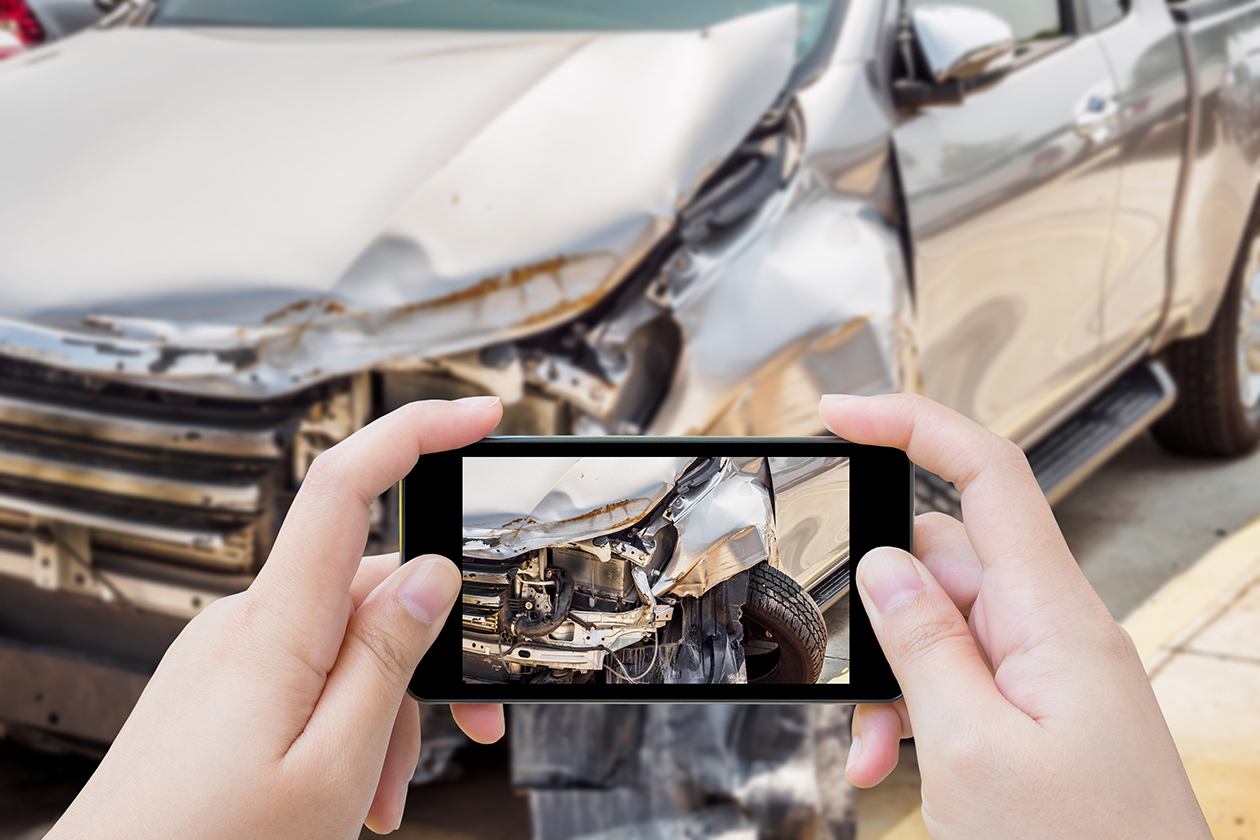Car accidents can be distressing and disorienting experiences, but it’s crucial to gather as much evidence as possible immediately after the incident. One of the most effective ways to document the scene and protect your interests in the aftermath of a collision is by taking photographs. These images can serve as crucial evidence for insurance claims, legal proceedings, and personal records. Here are several steps you should take when capturing photos of a car accident.
PRIORITIZE SAFETY
Before you reach for your camera or smartphone, the first and foremost concern should be safety. Ensure that everyone involved in the accident is safe and, if necessary, seek medical attention immediately. If it’s possible and safe, move your vehicle out of the way of traffic to prevent further accidents. Only once you’ve addressed any immediate safety concerns should you start documenting the scene.
CALL THE AUTHORITIES
After ensuring everyone’s safety, contact the authorities and report the accident. This step is crucial, as it will initiate an official accident report, which can be invaluable when dealing with insurance claims and legal matters. Ensure that you cooperate fully with the responding officers and provide them with accurate information about the accident.
CAPTURE THE OVERALL SCENE
Once you’ve ensured safety and contacted the authorities, begin by taking wide-angle shots of the accident scene. These pictures should include all vehicles involved, any skid marks on the road, traffic signs, and road conditions. These images will help provide context and establish the location and circumstances of the accident.
PHOTOGRAPH VEHICLE DAMAGE
Focus on capturing the damage sustained by all vehicles involved in the accident. Take pictures from various angles and distances to document the extent of the damage. Be sure to include shots of license plates, VIN (Vehicle Identification Number) if visible, and any identifying marks, scratches, or dents.
DOCUMENT INJURIES
If anyone has sustained injuries in the accident, document them as well. Take photos of any visible injuries, such as cuts, bruises, or swelling. These images may be necessary for medical records and can help establish the severity of injuries for insurance purposes.
CAPTURE THE SURROUNDINGS
Take photographs of the surrounding area, including street signs, traffic signals, and landmarks. These images can be crucial for recreating the accident and determining liability. Additionally, photograph any weather conditions or road hazards that may have contributed to the accident, such as rain, ice, or debris on the road.
NOTE WITNESS INFORMATION
If there are any witnesses to the accident, collect their contact information. Witness statements and testimonies can be invaluable in establishing the facts of the accident, especially if there is a dispute over liability. Be sure to ask if they would be willing to provide a statement or testify if necessary.
CAPTURE TIRE MARKS AND DEBRIS
Photograph any tire skid marks or debris left on the road. These markings can help experts reconstruct the sequence of events leading up to the accident and determine factors like speed and braking.
TAKE INTERIOR SHOTS
Inside your vehicle, photograph any damaged property or personal items that were affected by the accident. This includes items like cell phones, laptops, or personal belongings that may have been damaged during the collision.
DOCUMENT THE OTHER DRIVER(S)
If there are other drivers involved, take pictures of their driver’s licenses, insurance cards, and registration documents. This information will be crucial when filing an insurance claim or pursuing legal action.
TAKE PICTURES OF TRAFFIC CONDITIONS
Capture the current traffic conditions, including the flow of traffic and the positioning of other vehicles. This can help establish whether any traffic violations or hazardous conditions contributed to the accident.
PHOTOGRAPH YOUR SURROUNDINGS
Take photos of the area surrounding the accident, including road signs, traffic signals, and landmarks. These images can help provide context and establish the location and circumstances of the accident.
USE TIMESTAMPS
If your camera or smartphone allows it, make sure to enable timestamps on your photos. Timestamps provide additional evidence of when the photos were taken, which can be crucial when reconstructing the sequence of events.
By following these steps, you’ll have a comprehensive set of photos that accurately depict the accident and its aftermath. This evidence can be invaluable in supporting any potential insurance claims or legal cases.

